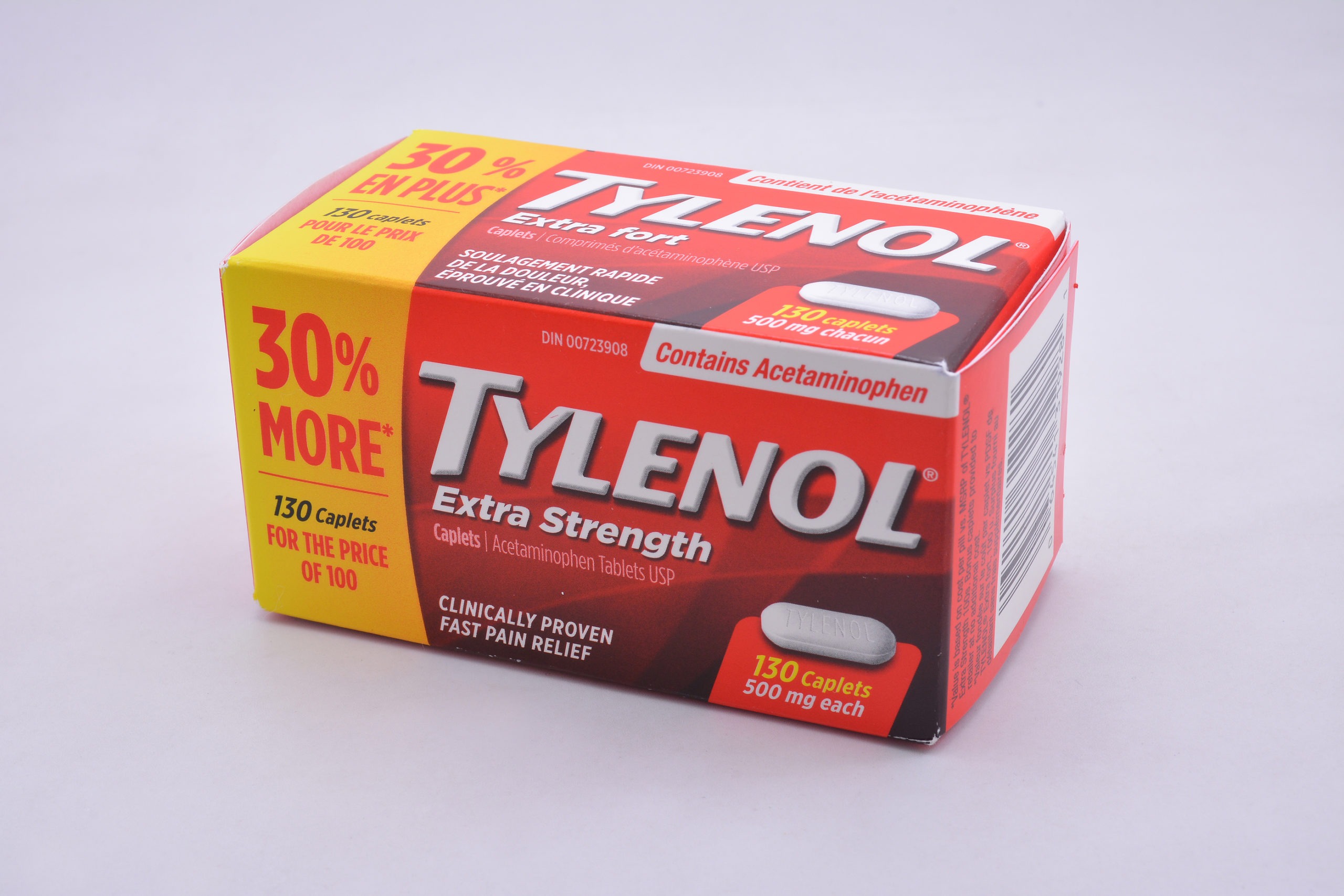Insurance Companies Want More Injury Settlement Mills
A personal injury settlement mill is a high volume law practice that attempts to mass produce the settlement of injury claims while utilizing aggressive advertising campaigns in an effort to obtain clients. Settlement mills litigate a disproportionate amount of their cases and take very few cases to trial. Such firms can be routinely found advertising on television during both daytime and late night. There are exceptions to the rule and not every firm that aggressively advertises is a mill. However, a majority of such firms are mills characterized by minimal interaction between the attorneys and their clients.
Law Professor Nora Engstrom published a fascinating article in the May 2010 issue of the Stanford Law Review, entitled “Run of the Mill Justice.” Engstrom interviews numerous attorneys and staff members at law firms throughout the country that fit the description of being a settlement mill. She points out that advertising is the lifeblood of a settlement mill [1]. In fact, such law firms can afford to employ a mill mentality as they do not rely on former or current clients for referrals of new cases. Rather, these law firms are aware that no matter how their clients feel about the work performed on their behalf, more cases will come in from the massive amounts of advertising they pay for.
Unique Characteristics of an Injury Settlement Mill
Several factors separate settlement mills from their more traditional counterparts. For starters, mills often have paralegals, case managers (whatever they are), and law clerks handling a predominant portion of the duties and work on cases, as opposed to the actual attorneys. Judging from our own conversations with clients whose cases were previously handled by large volume practices, they often express shock that they are actually speaking with an attorney. In contrast, when the clients were still using the mass advertising attorneys, they generally met with an investigator retained by the law firm for their initial meeting, at which point they executed a contingency fee agreement.
All subsequent conversations and interactions with the client were handled by either a case manager or paralegal. This supports the claims by others that settlement mills do their clients a vast disservice by attempting to mass produce settlements as opposed to working claims up to their full value. Ironically, settlement mills often take far more time to resolve claims, than do merit/referral based firms. This may be due in part to a few factors: (1) the lack of attention paid to individual files by attorneys, (2) because the cases fall to a paralegal or law clerk, (3) because of the overwhelming number of clients they try to handle at one time.
Dolman Law Group Accident Injury Lawyers, PA Takes Over Settlement Mill Injury Claims
Recently, we at the Dolman Law Group Accident Injury Lawyers, PA took over several files from a law firm which fits all of the characteristics of a settlement mill. All of the client’s files were older than a year and a lawsuit was yet to be filed. In some cases, it may make sense to allow cases to build value in prelitigation before a lawsuit is considered.
However, this is not the case with neck or back injury claims, which comprised the cases we took over. In fact, the previous firm had failed to send out a demand on any of the above-referenced cases, one of the most preliminary of steps. Even more troubling is that two of the clients already had surgery in the cases we picked up, and again, a demand had not been submitted six months post-procedure. The case was not building value during this time. Rather, the claim was actually depreciating.
Insurance Carriers Love Injury Settlement Mills
Settlement mills are loved by insurance carriers as they inherently remove the uncertainty and risk from the process. As Professor Engstrom states, “Settlement mills differ from conventional personal injury law firms in many obvious respects: [Settlement Mills] have higher claim volumes, advertise more aggressively, tout a different fee structure, settle claims more quickly and with less effort, file fewer lawsuits, and delegate more duties to paraprofessionals.
We have seen, in fact, that they even settle claims in a different way, implicitly challenging conventional accounts of claims resolution behavior. Rather than negotiating in the shadow of trial, as prevailing accounts of bargaining behavior presume, settlement mills bargain in the shadow of past settlements. A current South Carolina settlement mill attorney perhaps said it best.
When I asked him, “How are cases valued for settlement?” He answered, “What I’ve settled ’em for before.” Shorn of a realistic likelihood of litigation, settlement mill claims are simply and systematically settled for formulaic going rates worked out over time by repeat players (the settlement mill negotiator and insurance claims adjuster), relatively independent of the merit-based assessments and individualized considerations that would loom large if the cases were headed to trial. Much like workers’ compensation tables, these going rates are predictable, generally applicable, and tied less to fault than to the gravity of the injury the claimant has sustained”.
Examination of Settlement Mill Issues and Impact on Personal Injury Law

Let’s examine the problems with the above issues brought up by Engstrom. “[Mills] have higher claim volumes.” This means that they take on more clients at one time than do more traditional personal injury firms. The more cases a firm takes, the less attention they can give to each one. Even if they did hire enough people to handle the high volume, it is only reasonable to assume that the quality of hires would go down, as they are less and less likely to evaluate based on merit. “Settlement mills advertise more aggressively.” These firms have to advertise more aggressively because they need as many clients as possible since they are making less off each case. Similarly, they are gaining new clients by attracting uneducated consumers, rather than by word of mouth or merit. “Tout a different fee structure.”
Personal injury lawyers, both referral based and mills, use a contingency fee. Meaning, the attorney is only paid if they recover compensation. However, settlement mills except for cases that have no, or very little, merit, because they can most likely recover something, even if the client does not. “Settle claims more quickly and with less effort, file fewer lawsuits”
Though it is debatable whether mills settle more quickly, it is without questions that they settle with less effort. According to the same comprehensive study, 90% of settlement mill cases are finished before they ever go to court. To some, this may sound like a good thing, since uncertainty was avoided.
In reality, if a lawyer is not taking more than 10% of cases to trial, it is likely that they aren’t trying very hard to get their clients the most compensation possible. “Delegate more duties to paraprofessionals.” Although we could not run our firm without our hardworking and trustworthy staff, an attorney who lets their clients’ cases only be handled by a non-attorney is being irresponsible. Engstrom finds evidence that most mill clients only speak to an attorney once, if ever. By some estimates, only 10% of clients ever met with their attorney face-to-face.
Insurance carriers are well aware of the law firms that employ a mill mentality. They know that such mill firms are most interested in resolving cases as quickly and easily as possible. These lawyers have no intention of filing suit. Engstrom cites one Louisiana firm that tried four cases in a year and lost all of them, before deciding that was no way to make money in the law.
Mill Mentality in Personal Injury Law Firms
Furthermore, Engstrom suggests insurance adjusters know this. What ends up happening is that insurance companies are more than willing to pay hundreds of questionable minor injury claims (known as soft tissue injuries, like bruising or scrapes) at a few thousand dollars each, in order to make sure that the truly serious accident cases—the kind that the right jury might decide is worth millions of dollars—get settled along with the rest.
Law firms that settle claims in a mass production type mentality are not feared by insurance carriers. Insurance giants like Geico, State Farm, and Allstate have a disdain for spending money in defense of claims. They are for-profit businesses, after all. Their respective profit margins are increased when they can settle claims with little or no effort. Oftentimes, the only way to realize the true value of a claim is to litigate the case. The threat of a trial and the possibility that the carrier will be on the hook for a large verdict or a judgment that exceeds the amount they valued the claim at, forces their hand.
Law Firm Injury Claim Selection
In contrast, when a law firm has a history of resolving claims for pennies on the dollar, the insurance company will only further devalue each case. Rather than the attorney pressuring the carrier with litigation, the carrier now knows that the mill attorney never goes to trial. Thus, they have no reason to raise their offer.
Further, such law firms will resolve the bigger claims with the respective carriers in much the same manner as the smaller claims. This is a win-win situation for the carriers and the law firm, but not the client. The law firm is essentially guaranteed that almost all of their claims will be settled with ease and minimal risk and the insurance carrier is nearly guaranteed to not have to pay out a big settlement. The law firm will also be operating at a much higher profit margin since such cases are predominantly handled by non-attorney personnel.
Those who benefit and those who don’t form injury settlement mills
Settlement mills are motivated to resolve claims in a mass production mentality by the fact that insurance carriers will resolve questionable soft tissue cases, which would probably not fare well if they ever saw a jury. In turn, the bigger surgery cases and potential catastrophic injury claims get settled along with the rest. In other words, the settlement mills and insurance industry are complicit in the way they settle claims. It becomes an “I’ll scratch your back if you scratch mine” scenario, where the only person who doesn’t benefit is the client.
Professor Engstrom states, “When cases settle, the settlement value reached approximates the parties’ overlapping estimate of the trial outcome discounted for risk and foreseeable transaction costs. Critically, these models take for granted that, in reaching settlements, both parties at the negotiating table will be armed with particular information a forecast of how the claim would fare at trial and a particularly potent weapon the ability to head to trial, should negotiations break down.
Settlement mill bargains are remarkable because they are struck by a negotiator without (1) firsthand information about verdicts obtained in comparable cases, (2) detailed information about the intricacies of the particular claim, and (3) the proven willingness and ability to take the claim to Court” [5]. As mentioned earlier, an insurance carrier would never take a settlement mill negotiator serious if they threatened to go to court. A simple look at their track record would show that they never do.
Injury Victims and the Effects of Settlement Mills
The biggest loser in this process is the injury victim with a serious injury and a potentially significant case. Most personal injury clients have little to no idea what the true value of their claim is. The settlement mills will often attempt to convince their client that they are making the right decision in resolving the claim for the amount offered and will exaggerate the potential risk of filing a lawsuit or moving the case forward in litigation if a lawsuit has already been started.
In my personal injury practice, the clients whom retain us after terminating their relationship with a firm that fits the mold of a settlement mill, have stated the only time they spoke with an attorney (if they conversed with one at all) was when they called to convince them to take the offer presented by the insurance company.
Another concern is the “for-profit” lawyer referral services. These companies rely heavily on catchy and misleading advertising on both television and radio. They also work in conjunction with large settlement mills. The critics of lawyer and medical referral services have complained of substandard services offered by the physicians and attorneys associated with the service. However, please do not confuse these businesses with the not-for-profit lawyer referral services that are associated with the Bar Association in many states.
Settlement Mills and Referrals to Other Professionals
A south Florida newspaper published an exposé on 411 Pain illustrating odd relationships between a number of physicians and lawyers within the said referral network. A number of clients complained of not speaking to their lawyers. They also complained about having paraprofessionals calling them only to encourage them to visit their chiropractor (within the network) often, even when it damaged the case due to excessive medical bills. Further, other individuals complained of calling the lawyer/physician referral service and being referred to an attorney that met them at their chiropractic appointment.
When I hear consistent complaints of personal injury victims being encouraged to seek medical appointments 45 visits a week with a chiropractor, alarms immediately go off. What raises a red flag is the thinly veiled attempt by the attorney to facilitate the physician (part of the same referral network) by utilizing a very aggressive treatment protocol in an effort to use up all of the patients’ available personal injury protection benefits.
In fact, one individual was interviewed for the article and affirmatively stated his lawyer lost interest in the case once the chiropractor had used up the $10,000 in Florida no-fault benefits available under his car insurance policy. Basically, PIP laws guarantee a certain amount of medical coverage ($10,000), so lawyers and medical facilities ensure their patients need ten thousand in services.
It is frightening to see how many personal injury victims lose out in this process. Settlement mills maintain a mass production mentality. The few settlement mills that brag about jury verdicts are often misleading the general public by providing limited information. The rare settlement mill that tries a few cases each year will cherry-pick only the most egregious injury cases for litigation.
Settlement Mill Misdirection
Meanwhile, an army of paralegals and case managers handle the normal “run of the mill” injury cases. The inherent problem with this process is that support staff often overlook the most serious cases in the beginning, and fail to take important steps to protect the interests of their client. What may appear to be an average case at first glance to an overworked clerical staff member, may actually be a valuable claim that is likely to exceed $100,000 in settlement value to the trained eye of an experienced attorney. This is a tragedy that most consumers have no idea about.
The tough-talking lawyer on television or radio proclaiming himself to be a “hammer” or “aggressive” may be little more than good at marketing, and in actuality, performs very few, if any, legal tasks. It is possible that he or she may have not seen the inside of a courtroom in many years, if ever. The attorney showing you pictures of their family and pets, may never meet with you or work directly on your case.
Advertising is merely theater of the mind. When we see someone with their children or pets, we are tricked into thinking we have a connection with them, or that they are caring because they love their kids. I have seen many medical injury attorneys sell clients on the personal attention they will offer by highlighting their family and discussing helping yours. In reality, common sense says that a smaller firm will offer much more in the way of personal attention.
If you need a personal injury attorney who will work to make sure you get the maximum compensation you deserve, contact the Dolman Law Group Accident Injury Lawyers, PA. We do not settle easily with the insurance companies, nor do we take on more clients than we can handle. When you allow us to work for you, you will speak directly with your attorney. Likewise, if you are unhappy with an attorney who you believe to fit the parameters of a settlement mill, contact us. We will help you to get on the track towards compensation for the damages your injuries have caused.
Dolman Law Group Accident Injury Lawyers, PA
800 North Belcher Road
Clearwater, FL 33765
(727) 451-6900





